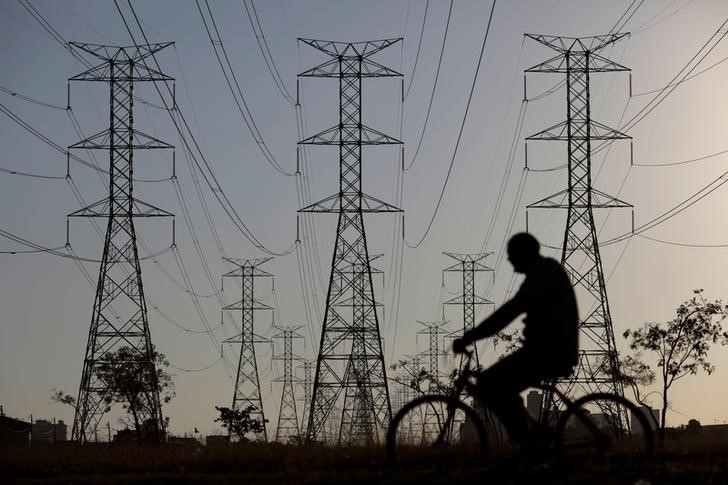(Bloomberg) -- Uruguay’s state-run electric utility plans to ask local pension funds and other investors to back development of a $250 million transmission line to make its grid more reliable and expand its ability to sell excess power to neighboring countries.
The 240-kilometer (150-mile) line will be financed in part through a stock or bond offering early next year, UTE Chairman Silvia Emaldi said in an interview.
“It’s a strategic project. It will make the entire national system more robust” and aid “energy export operations basically to Brazil and also Argentina,” Emaldi said in an interview at UTE’s headquarters in Montevideo.
The government’s budget office and UTE will decide this month how much to seek from investors and whether the project will be structured as a trust or a company, Chief Financial Officer Marcos Bazzi said in the interview. The project’s capital structure will probably be 80% debt and 20% equity, with UTE owning a minority stake, he said.
President Luis Lacalle Pou tapped Emaldi, a veteran UTE executive, to become the utility’s first woman chair shortly after taking office in March. It’s one of the greenest utilities in the world, with hydro, wind, solar and biomass providing 98% of its power last year.
Billions of dollars poured into wind and solar farms over the last decade, enabling Uruguay to export a record 3,011 gigawatts hours of electricity to Brazil and Argentina last year. That’s more than a fifth of its total generation.
Uruguay has enough installed generating capacity to meet domestic demand and export power through February 2025, Emaldi said. She expects UTE to export power for $35 million this year.
The government and UTE are negotiating with Argentina to make it easier to sell power at higher prices to South America’s second-largest economy and guarantee natural-gas imports. UTE is using more expensive gas oil to fuel its Punta del Tigre power plant opened last November because Argentina hasn’t authorized gas exports this year, she said.
“If we had gas and we fired up that plant, which is very competitive with prices similar to wind power, we could be offering energy to Brazil,” Emaldi said.
While exports are paid in hard currency, most of UTE’s revenues are in pesos while imported fuel and equipment are priced in dollars. UTE plans to negotiate currency hedges with financial institutions and the central bank before the end of the year covering as much as 70% of the roughly $800 million in U.S. dollars it will need in 2021, Bazzi said.
©2020 Bloomberg L.P.
